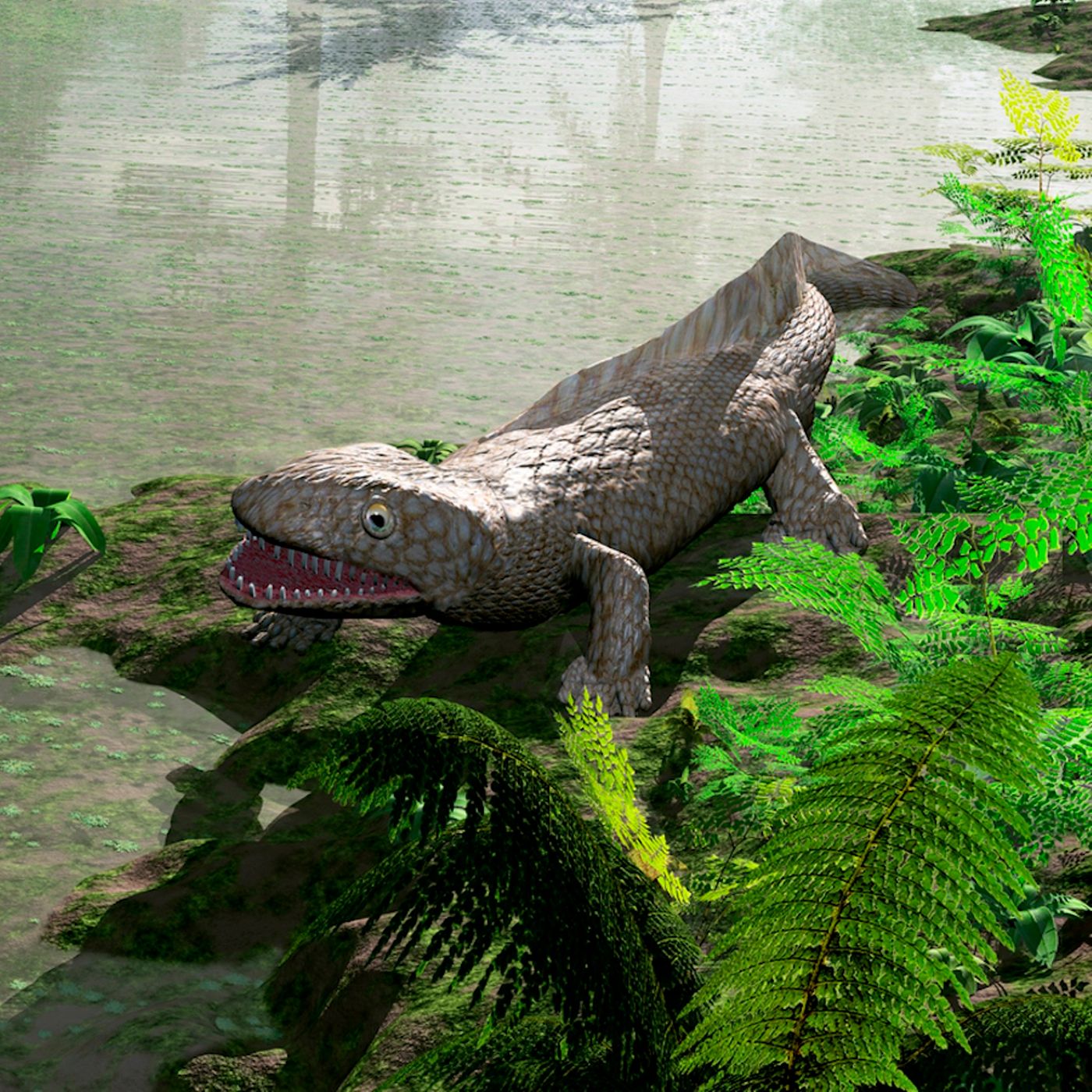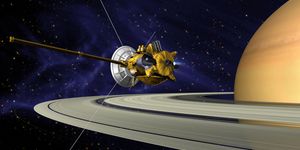Fossils Found in Scotland Tell a Story of the First Four-Legged Animals to Live There
One of the things researchers always want to know more about is the history of life on our planet. Unearthing details about what walked Earth before us can help us to understand a lot about how life evolved, and why.
Fresh off the assembly line of scientific discoveries are new 355 million-year-old fossils from Scotland that are reportedly some of the first four-legged lizard-like creatures known to exist on the land. The findings appear in the journal Nature Ecology & Evolution.
There were reportedly five different variants of the fossils found, suggesting that at least five different species are preserved in the fossils. Many of them are sized the same as traditional lizards or newts, while some are as large as alligators. Other remnants are also among these five specimens, however they have yet to be identified.

Image Credit: Walter Myers/Getty Images
These findings are particularly important because they reportedly fill a 15-25 million-year gap in the fossil record of the region. These creatures would have filled an important gap between the creatures that were emerging from the nearby waters and the more advanced land creatures that would soon follow.
This gap is particularly important to learn more about, because around 360 million years ago, some kind of mass extinction event took place that nearly wiped out all of Earth’s life. Some, however, managed to survive. Those creatures would eventually turn into what we see today in these fossils, which are younger by a shy amount than the estimated date of said extinction event.
"We're lifting the lid on a key part of the evolutionary story of life on land," said Prof Jennifer Clack of the University of Cambridge. "What happened then affects everything that happens subsequently - so it affects the fact that we are here and which other animals live with us today."
Ideally, we want to know more about how aquatic creatures like fish would eventually adapt to grow legs and learn to walk on land. This was a major change for life on Earth, and surprisingly, we still know very little about it.
We’ve un-earthed fossils for ages, but rarely do any of them seem to match up with this particular dating period. These fossils are an important key to understanding what creatures existed on Earth during the time period we know so very little about.
If we can simply find more fossils like these around the world, and not just in this particular location, we might find the information we’re looking for.
Source: BBC








